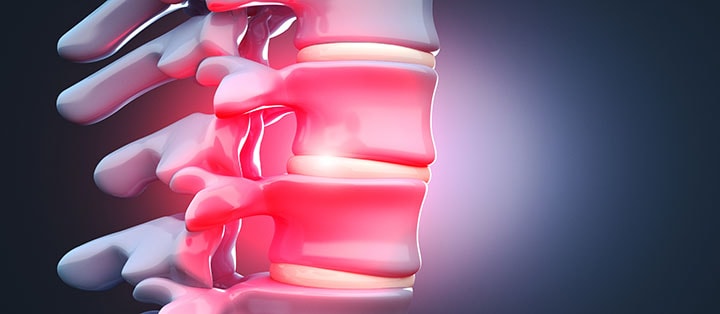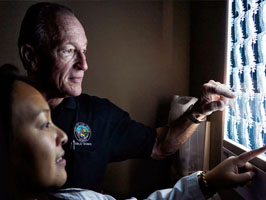The sacroiliac joint connects the lowest part of the spine, the sacral bone, to the iliac bones in the pelvis. There is minimal movement at these joints. However in females, the msacroiliac joints relax and expand during delivery to increase the flexibility of the pelvis.
An injury or arthritis can cause inflammation of the sacroiliac joints, causing pain. Sacroiliac joint injections, containing cortisone and a local anesthetic, can reduce the inflammation and decrease the intensity of pain.
The benefits of sacroiliac joint injections vary. In most patients, the pain subsides within a few minutes after the injection and may provide pain relief for up to 6 months or more. If SI joint recurs, injections may be repeated or radiofrequency of the innervasting nerves can be performed, offering longer term substantial pain relief.

Preparation Before The Injection
You should inform the doctor if:
• You are a diabetic. Cortisone injections may cause transient elevation in blood sugar and may require a temporary adjustment of your blood sugar medication.
• You are on any blood thinning medication.
• You think you are pregnant.
• You have any cough, cold or any systemic or skin infection such as a wound, boil or rash as infection could spread to the spine. If necessary, the doctor will reschedule the injection for a later date once the infection resolves.
Procedure
Sacroiliac joint injection is an outpatient procedure. The patient would lay face down. A fine needle is then inserted through the skin and tissues into the sacroiliac joint, under fluoroscopic guidance. Once the position of the needle has been confirmed, constrast is injected, so that a spread of visually opaque x-ray dye is seen flowing into the joint, then a mixture of cortisone and local anesthetic is injected into the inflamed sacroiliac joint. The lidocaine in the mixture should offer instant relief.
After The Injection
Some patients may experience mild discomfort in the back while most patients are free from pain. Patients are able to walk freely and are observed for 10 minutes following the procedure. You should avoid driving for the rest of the day, after the injection. You may return to work the following day but strenuous activity should be avoided for the initial few days. The intensity of activities can be gradually increased over time.

